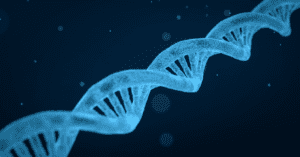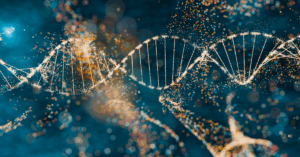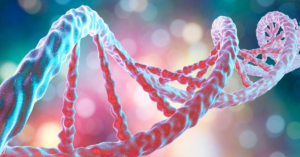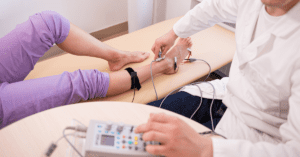
Snapshot: What is the cerebellar cognitive affective syndrome (CCAS) scale?
Cerebellar cognitive affective syndrome (CCAS) is a condition where cognitive and emotional abilities are affected due to cerebellar damage. Historically, the cerebellum was identified as the part of the brain involved in movement and balance, however, CCAS discovery has significantly extended its role in cognition and emotional regulation. The cerebellar Read More…











